Thanks to Park Seed for this guest post.
Over time, technology and modern conveniences have become essential in our lives. We can place orders with 2-day shipping, take virtual tours and even have watches that can measure our blood oxygen levels. (How cool!)
While it’s awesome to have these conveniences at our fingertips, it feels good to be self-sufficient and do something on our own.
It’s rewarding to work with our own hands, without the help of computers or video tutorials.
Many looking for a more self-sufficient lifestyle are embracing the idea of homesteading.
People are planting vegetable seeds in their gardens to raise all the vegetables they need for the year. They raise chickens for eggs and meat, and goats or a dairy cow for milk, cheese and yogurt.
Some plant orchards and berry bushes. People are living simply and mindfully, and aren’t afraid to unplug from the technology around us.
Can you still homestead? Absolutely YES! Homesteading is a mindset for healthy living. It doesn’t matter if you live in an apartment or on a 20-acre farmstead.
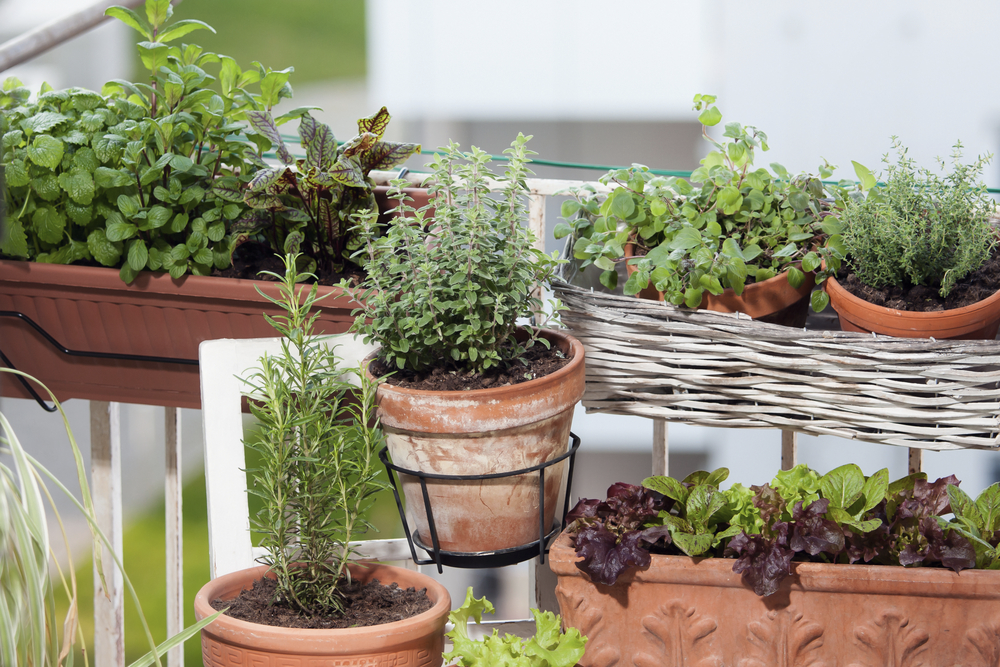
How to Start Homesteading
1. Start a garden. Even if you live in an apartment, you can garden. If you have no balcony or patio, grow herbs on a windowsill.
You can grow fresh leaf lettuce under a grow light. Think about joining a community garden where you can plant vegetable seeds and grow food in an assigned plot.
If you have a patio or balcony, you will be surprised at how much food you can grow in a small space.
You can grow vertically in limited space by adding a trellis or attaching twine on the wall to grow cucumbers or pole beans.
Window boxes hung on a balcony rail can be used to grow anything from lettuce to bush beans to beets or carrots.
Tomatoes will grow well in a pot or from a hanging planter. Repurpose containers like old trash cans or dresser drawers into a planter. Repurposed items work great, and upcyling items keeps them out of landfills.
If you have a yard, convert some of your lawn into a vegetable garden. Instead of planting a decorative shrub, plant a blueberry or currant bush.
These bushes are attractive and produce edible fruit. You can also plant a few pepper plants in your flower beds. They are attractive plants. The colorful fruit is quite eye-catching.
Grow as much of your food as possible for the space you have available. This is a learning time, especially if you have never gardened before. Expect some failures. Each year is a do-over. If your tomatoes were a failure, try again. Maybe a different variety of plant or vegetable variety would do better for your space, or maybe they needed more water or fertilizer. It’s important to remember that you don’t have to do everything manually. Use as many tools as you need to make your tasks easier. For example, some homesteaders use a bucking machine for a more efficient harvest.
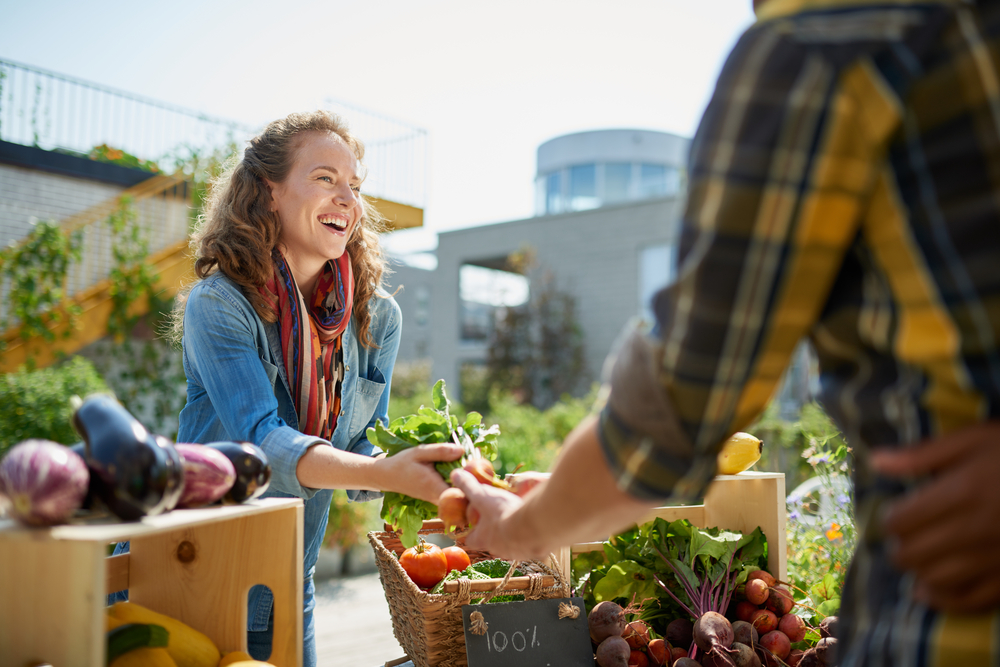
2. Make use of local farmers’ markets. At local farmers markets you can purchase high-quality fruits and vegetables. It’s also a way to connect with people who are homesteading.
Homesteaders are very happy to help others and will readily give advice on gardening and animal husbandry.
These connections can help you find your own future homestead, if that is your goal.
Once your garden is planted, you soon will be harvesting what you planted.
This is a good time to look at your current diet. Does it include a lot of processed foods? Do you regularly buy fast food? Do you know how to cook?
Make the change to healthy eating. Make your own meals. Pack a lunch. Eat more fruits and vegetables. Have a couple of quick and healthy meals that you can put together after a day at work.
Try baking bread from scratch. This can be a fun, relaxing and creative process that that can produce an extraordinary loaf of artisan bread.
3. Check your trash. What is most of your trash composed of? Are you recycling as much as possible?
Make recycling a primary goal. If you have a lot of plastic waste, see if you can make changes.
Replace plastic bags with cloth bags or reusable plastic containers.
Use glass jars for storage whenever possible. Mason canning jars work well for leftovers or storing dry goods.
Do you have a lot of food waste? Eat smaller amounts of food left over from dinner the next day as lunch.
If you have apples that are getting a little wrinkly, make them into applesauce in the microwave.
Keep a container in the freezer to store leftovers or small amounts of vegetables. Use the leftover vegetables in homemade soups.
Does your trash contain a lot of paper? Replace paper napkins with reusable cloth napkins. Keep a hand towel by the kitchen sink for drying your hands instead of wasting paper towels.
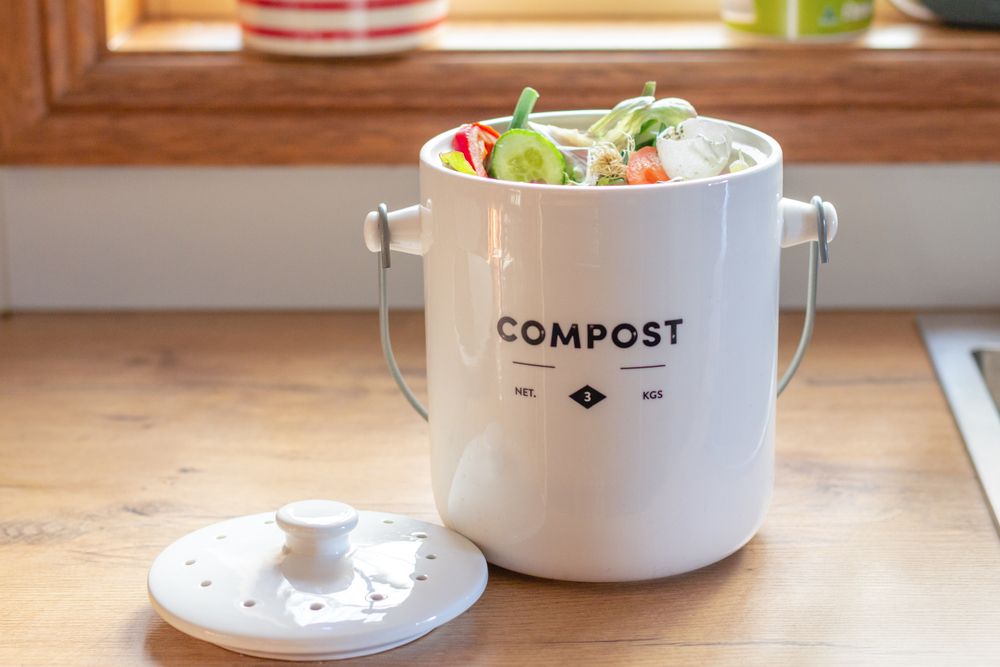
4. Start composting. Composting is very eco friendly. There are some very cute containers available that you can keep on your kitchen counter. Any container that is waterproof and has a lid should work.
An empty plastic coffee ground container works great and has a lid that seals closed. Keep the container underneath the sink until it is full. Then add the contents to your compost bin.
5. Learn how to can and freeze fruits and vegetables. Canning is a skill you will need if you want to grow more food.
You might have limited freezer space. But canned goods can be stored anywhere – even under your bed!
Start with small amounts. Can things you know you will eat. Jams and jellies are easy to make and can. Try applesauce or tomatoes that don’t require a pressure canner. Make pickles or salsa! When you feel confident in your canning skills, move up to a pressure canner. Pressure canners are simple. With a pressure canner, you can preserve things like beans and corn.
All of these steps will contribute to your food security, sustainability and the health of you and the Earth.
Repurposing, repairing and purposeful living will give you the urban homestead you want.
You Might Also Like
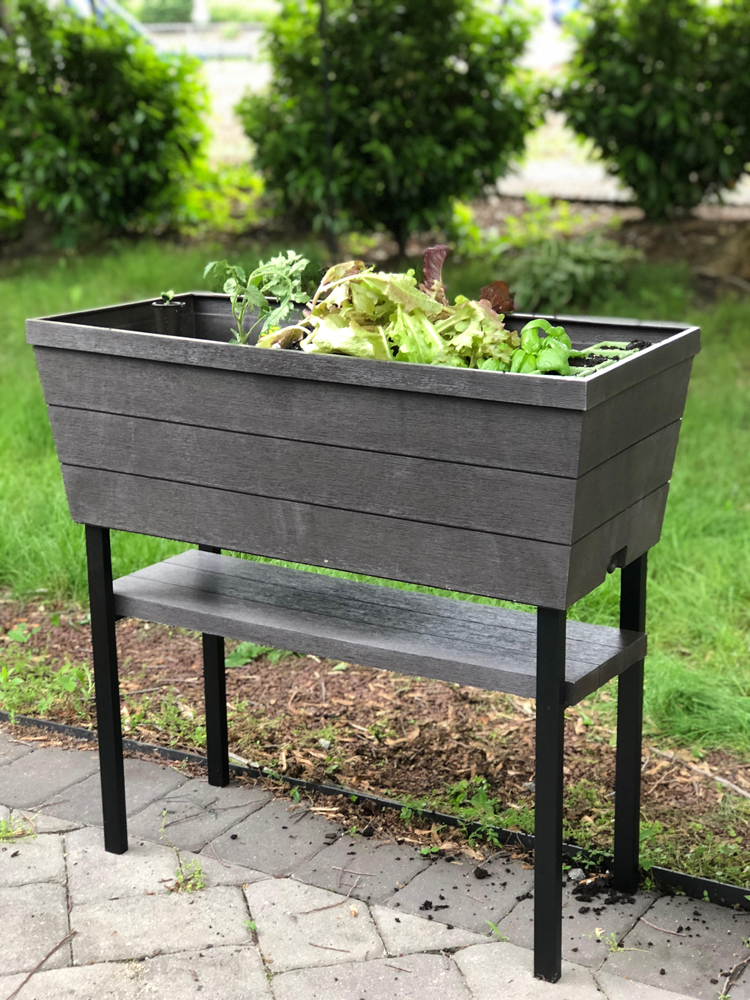
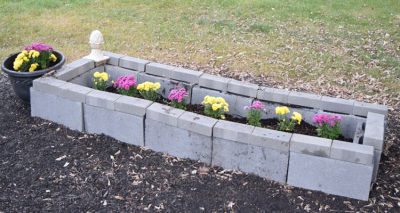
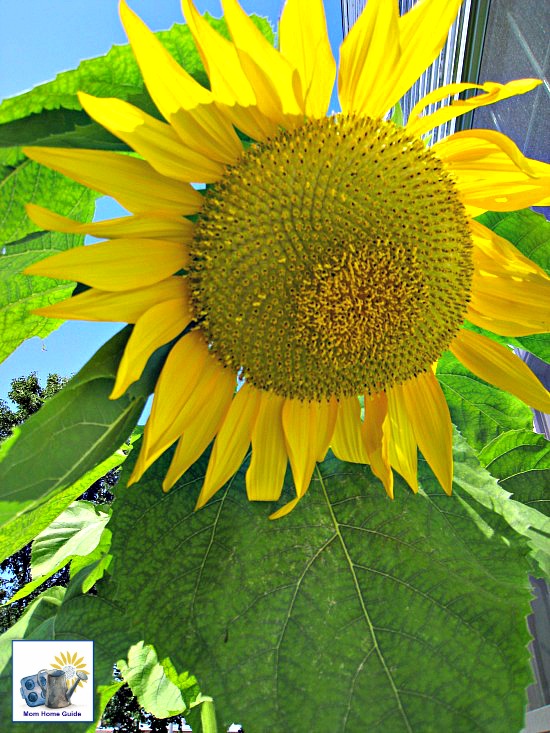
I would love to do a bigger garden eventually, but I just don’t have the time for it right now. I love visiting the farmer’s market! I have visited one our local neighbors have twice in the last week! Lol!
Carrie
curlycraftymom.com